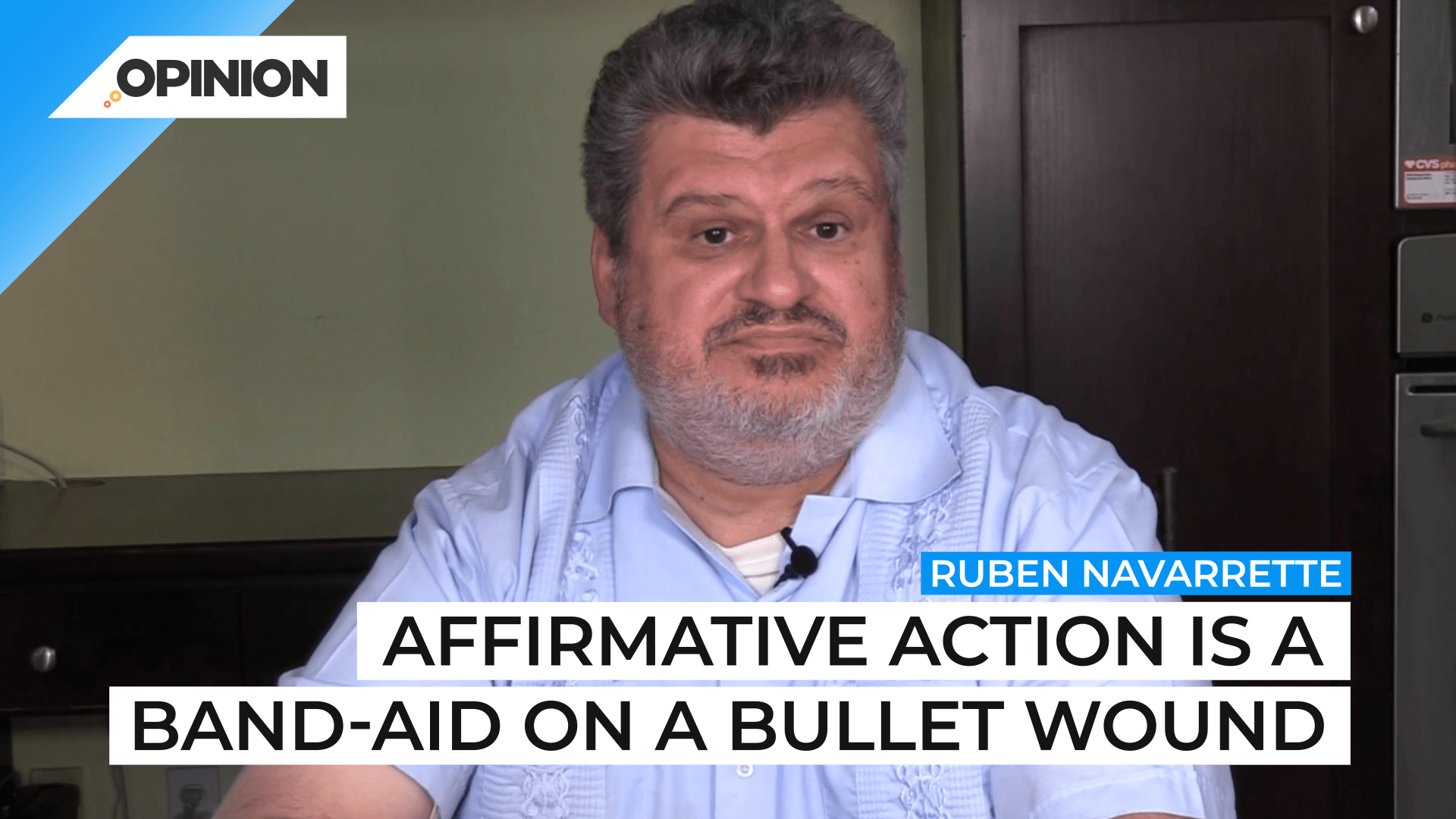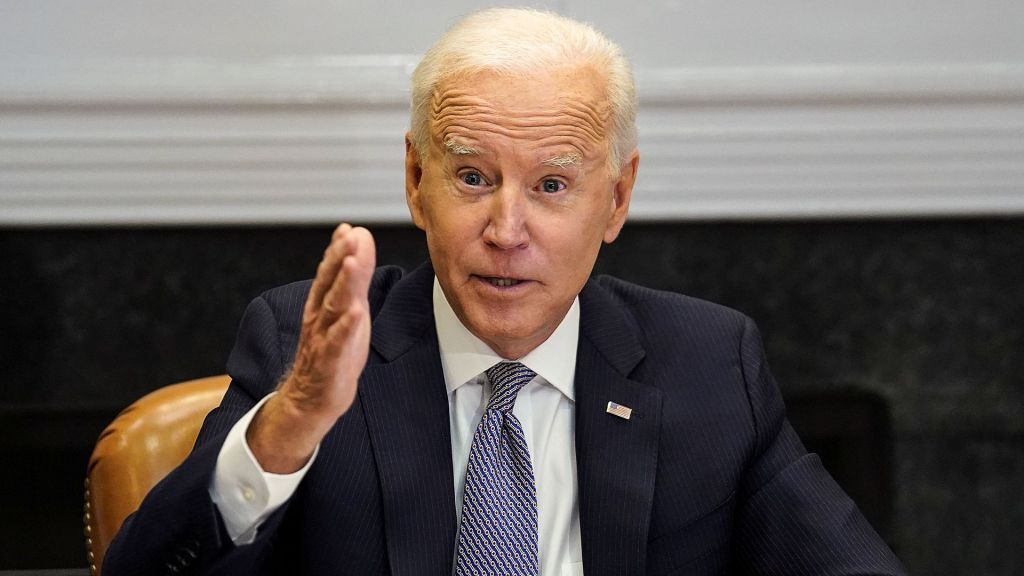
Commentary
-
Our commentary partners will help you reach your own conclusions on complex topics.
New Rule. White men are not allowed to talk about affirmative action. Not ever, unless they know what the heck they’re talking about. Most don’t. But that doesn’t stop them, of course from spouting off about a topic that they don’t fully understand. In the nearly 40 years that I’ve discussed and written about preferential treatment of college admissions, as opposed to an employment or government contracts, I’ve heard white men spin some fantastical yarns.
Affirmative action is not “reverse discrimination” as they claim. Nor is it part of some massive conspiracy to oppress white men. Affirmative action does not amount to admitting people to college based on race or ethnicity alone. And nor is a kind of cosmic bureaucratic payback for past sins.
Expect to hear more madness in the weeks and months to come. The Supreme Court recently heard arguments in the case, Students for Fair Admissions v. President and Fellows of Harvard College. Plaintiffs accused Harvard of discriminating against Asians. Rubbish. Asians made up 25.9% of the Harvard class admitted in 2021.
White conservatives such as radio host Hugh Hewitt, say Harvard wants to “limit the upward mobility of Asian Americans via the imposition of caps on their admission.” More rubbish. Harvard is a private institution. It’s allowed to make decisions on what it wants its student body to look like. If it decides it doesn’t want a student body that’s 70% Asian, or 70% Latino or 70% Black, for that matter, that’s fair enough. That’s its right.
Two lower federal courts have already ruled in Harvard’s favor, and the amicus briefs submitted on the university’s behalf, included one from the Asian American Legal Defense and Education Fund. It rejects the idea that affirmative action hurts Asians and claims that race-neutral admissions “ultimately benefits white applicants.”
Let’s back up a beat and define affirmative action…that I should describe my personal history with the concept. Affirmative action is more than 60 years old. It was on March 6, 1961, that President John F. Kennedy signed Executive Order 10925. It required that U.S. government contractors take “affirmative action to ensure that applicants are employed, and that employees are treated during employment without regard to their race, creed, color, or national origin.”
Americans have argued about the concept ever since. Three times over the last six decades, the Supreme Court has given colleges and universities permission to take the race ethnicity of applicants into account, as long as it’s just one factor among many in the admissions process.
In 1978, in Regents of the University of California v. Bakke, the justices struck down a quota at UC-Davis Medical School, but said race could be considered. In 2003, in Grutter v. Bollinger, the Court upheld the admissions policy at the University of Michigan Law School. In 2016 in Fisher v. University of Texas, the justices decided it was okay for UT-Austin to consider race and mission.
My own personal relationship with affirmative action goes back to the fall of 1984, when I was a 17-year-old high school senior. As a Mexican-American with perfect grades and advanced placement courses, I was accepted by five elite universities, including Harvard, which I would eventually attend. This inspired white friends whose grades weren’t as good as mine, to tell me that I would not have been admitted had I not been Mexican.
For a long time I stood by affirmative action, maybe out of loyalty, but over the last 20 years, not so much. Gradually, I’ve become convinced that when applied to0 aggressively, a program that was intended to benefit Latinos and African-Americans can actually hurt them. It labels beneficiaries as unqualified, lowers academic standards, and masks the failures of the K-12 public schools to properly educate black and brown students.
Get it straight. Affirmative action is not an attack on whites and Asians. It’s a band-aid on a bullet wound. It’s time to pull off the bandage and heal the patient, once and for all.
-
Texas is Hispanic, and that’s not going to change
Hispanic people now make up the largest ethnic group in Texas, according to the latest U.S. census data, and almost half of all minors in the state are Hispanic or Latino. This data feeds the fears of some right-wing Americans who believe in the “great replacement” theory. The theory states that non-white populations are displacing…
-
Liberal Americans are abandoning DEI
Diversity, equity and inclusion (DEI) have emerged as popular values for many left-leaning Americans. These Americans celebrate certain events, such as Barack Obama’s victory as the first Black U.S. president, as historical achievements and milestones of forward progress over time. Straight Arrow News contributor Ruben Navarrette worries that these values are eroding on the left,…
-
GOP hypocrites ‘tough on crime’ while supporting criminal Trump
Throughout the 1980s and 1990s, conservative politicians won campaigns in part by positioning themselves as “tough on crime” and talking about “the rule of law.” Later, during the Trump administration, it was the Democrats who positioned themselves as the defenders of law and order. Now, despite fielding a presidential candidate who faces 91 felony criminal…
-
Democrats too soft on Biden’s poor treatment of immigrants
Republicans have attacked U.S. southern border security from every angle. What’s sometimes missing from the public view of this conversation are the criticisms of Biden’s own fellow Democrats, many of whom argue that the president is being far too tough with immigrants who dream of living in the United States. Straight Arrow News contributor Ruben…
-
Why Trump is doing surprisingly well with Latinos
Despite Donald Trump’s use of anti-immigrant rhetoric, which could potentially turn off some Latino voters, the former president is seeing a rise in support within this demographic. According to a recent New York Times/Siena College poll, Latino voters, now constituting nearly 15% of eligible voters, show President Biden with 40% support compared to Trump’s 46%.…
Latest Opinions
-
 AP Images
AP Images
Argentina asks to join NATO as Milei looks to enhance security, strengthen ties
-
 Getty Images
Getty Images
Utah students protest 'furries,' school admin deny problem
-
 Reuters/Jane Rosenberg
Reuters/Jane Rosenberg
Trump’s ‘hush money’ trial: Legal experts debate name coined by media.
-
 AP Images
AP Images
Black Chicagoans feel neglected as millions funneled to migrant crisis
-
 Envato
Envato
Congress wants to curtail ‘judge shopping.’ Can it act before the election?
Popular Opinions
-
In addition to the facts, we believe it’s vital to hear perspectives from all sides of the political spectrum.


